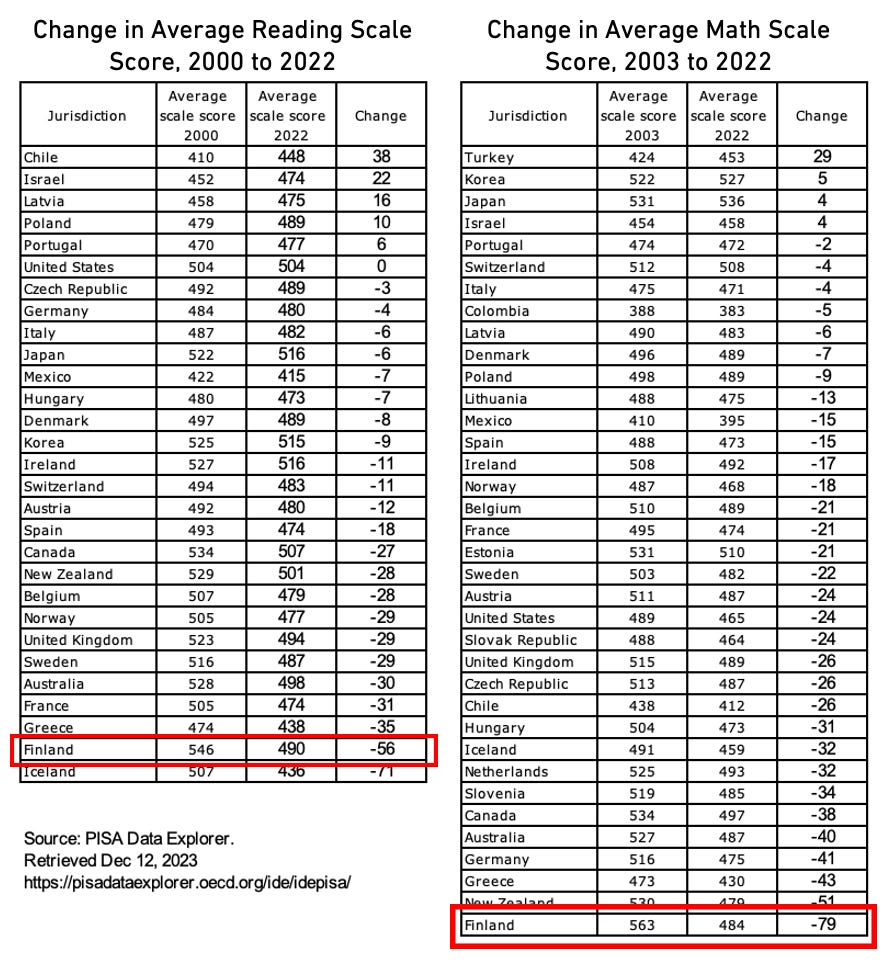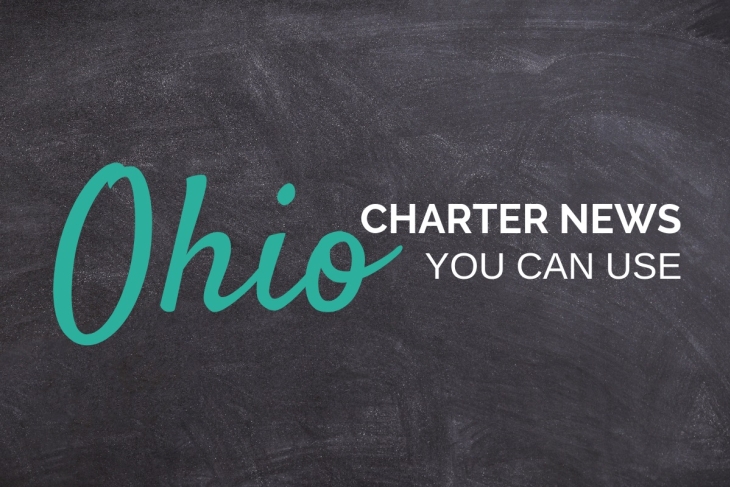This is the third in a series on doing educational equity right. See the introductory post, as well as ones on school finance, advanced education, school closures, homework, grading, effective teachers, and a concluding post on doing educational equity wrong.
If school funding is the issue around which it’s easiest to find common ground across left and right, school discipline might be the hardest.
That shouldn’t be surprising, given how divisive our country’s debate has been on the related issue of criminal justice and law enforcement. Whether it’s violent crime on the streets or mayhem in the hallways, conservatives are going to focus first and foremost on law and order, while liberals will be concerned primarily with fairness and equal treatment.
Nor do folks on right and left view racial disparities in arrests and incarceration—and suspensions and expulsions—the same way. For many on the left, such disparities are clear evidence of racial discrimination and injustice. Conservatives, however, view it as far more complicated, starting with the need to understand whether there are differences in actual behavior. If individuals from certain groups are more likely to commit murder, they will be more likely to be locked up for violent crime. If individuals from certain groups actually get into more school fights, they will more often be suspended or expelled—even if justice is meted out to individuals perfectly fairly and without bias .
So how can we try to bridge these vast ideological divides? Let’s go back to my three rules:
- When aiming for equity, we should level up instead of leveling down.
- We should focus on closing gaps between affluent students and their disadvantaged peers, not between high-achieving students and their lower-achieving peers.
- We should focus equity initiatives primarily on class, not race.
The first rule is by far the most important, yet rarely gets discussed as part of the school discipline debate. And that’s because most of our arguments are about how adults should respond to student misbehavior. Should teachers send kids to the principal’s office? Should principals suspend kids, and for which kinds of infractions? Should school-board policy ever include expulsions, and what safeguards should be in place? How to make all of this less racially biased?
But those decisions are downstream from student behavior itself. And the first goal of any student discipline policy should be to help students behave better—to “level up.” In other words, we should reject the “soft bigotry of low expectations” when it comes to students’ comportment in classrooms, hallways, and the cafeteria, just as we reject it when it comes to our beliefs around what “certain kids” can learn.
We should avoid at all costs, then, any policies that indicate to kids that they can get away with bad behavior—cussing out their teachers; bullying their peers; interrupting instruction; much less engaging in violence. And we should focus instead on schoolwide approaches to helping students meet high behavioral standards.
To be clear, I don’t have in mind the old-school “no excuses” fetishes around matching socks, tucked-in shirts, and silent hallways, but standards of behavior that we’d expect to see in any well-run, joyful, learning-focused school.
That means modeling good behavior for students; holding them accountable for infractions; working proactively with families when there are bigger issues; and supporting teachers when they try to hold the line.
Now let’s bring in rule number two. In this context, it means paying just as much attention to well-behaving students as to their misbehaving peers. That’s one of the purposes of office referrals and suspensions—to “put out” the misbehaving kids so that their peers can return to learning (or, in the context of hallways and lunchrooms, to feeling safe). And that’s critical! We know from several high-quality studies that misbehaving students can wreak havoc on their peers—both in terms of making their behavior worse, and in driving down student achievement. Given that high-poverty schools struggle the most with disciplinary challenges, keeping disruptive students in classrooms only widens the achievement gap. Such policies also drive teachers crazy—and drive many of them out of the profession, or at least out of high-poverty schools.
Yet even discipline hawks—I admit to being one—must admit that suspending or expelling students from school is extremely problematic. A growing body of evidence demonstrates that these practices have troubling consequences for the students subjected to them, even after controlling for underlying factors that might have contributed to students’ misbehavior in the first place. And it doesn’t take a Ph.D. to understand why that might be. Many misbehaving kids are coming from broken homes and/or dangerous communities. Making them spend days or months on the streets, away from opportunities to learn, is hardly going to do them any favors.
What we need, then, are well-designed interventions for misbehaving students—especially chronic and violent offenders—that help them learn to improve their behavior, keep them learning academically, and protect their peers from further disruption along the way. That’s a tall order, but a number of schools and districts are experimenting with various approaches, from much-improved versions of in-school suspensions to “alternative placements”—other schools that kids attend for short to medium periods before returning to their home campuses.
None of that is easy, and like everything in education, this will only work if we get the details right. That means a lot of trial and error and continuous improvement. But do you know what will make that even harder? Viewing any effort to address student misbehavior as racially tainted.
Which brings us to rule three: focusing primarily on students’ socioeconomic status instead of race. Now, as I wrote in my introductory post, we can’t ignore race entirely. American education has a long and sordid history of discriminating against kids of color, especially Black children, including the use of suspensions and expulsions in racially biased ways. The Office for Civil Rights has a clear and compelling mandate to step in when schools or districts treat individual kids differently on the basis of their race (or other protected categories). Conservatives need to acknowledge as much.
But liberals need to be willing to embrace the complexity of this issue. Yes, Black students are suspended or expelled at disproportionate rates. But if we control for class, we see that most of those disparities disappear. That’s because kids growing up in poverty are much more likely to experience all manner of challenges that make it more likely for them to misbehave in school—and that’s true whether we’re talking about White, Black, or Brown students. Kids without a father in the home are more likely to get in trouble at school. Kids from dangerous neighborhoods are more likely to get in trouble at school. Kids dealing with lead poisoning are more likely to get in trouble at school. Kids who are victims of abuse or neglect are more likely to get in trouble at school.
In every case, these situations are tragic—as is the fact that Black students in America are three times as likely as their White peers to live in poverty, and six times as likely to live in deep poverty. Thus, it’s just a matter of basic math that Black students on average will be more likely to misbehave in school than their peers—not because they are Black, but because they are suffering the ill effects of poverty.
But guess what: The (few) studies that have been able to control for underlying student behavior find that the racial gaps in punishment shrink to almost nothing. Not zero—indicating that some racial bias remains and must be addressed. But it’s very much on the margins, not the center of the story.
To conclude, here’s how we might find common ground around this most vexing issue:
- Put real effort and resources into helping students meet high behavioral expectations.
- Develop alternatives to out-of-school suspensions and expulsions that address the needs of chronically or violently misbehaving students, while protecting the sanctity of the classroom for their teachers and peers.
- When working to root out racial bias in exclusionary discipline, control for differences in student misbehavior, or, if that proves impossible, at least control for students’ socioeconomic status.
The way to “make school discipline more equitable” isn’t by letting kids get away with misbehavior, but by helping all kids, from every group, learn to behave well. We might never fully achieve that lofty objective, but we’ll be a better country if we try.










